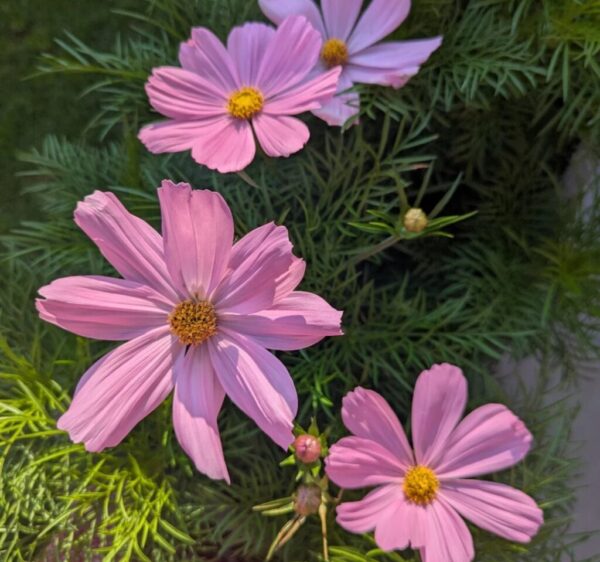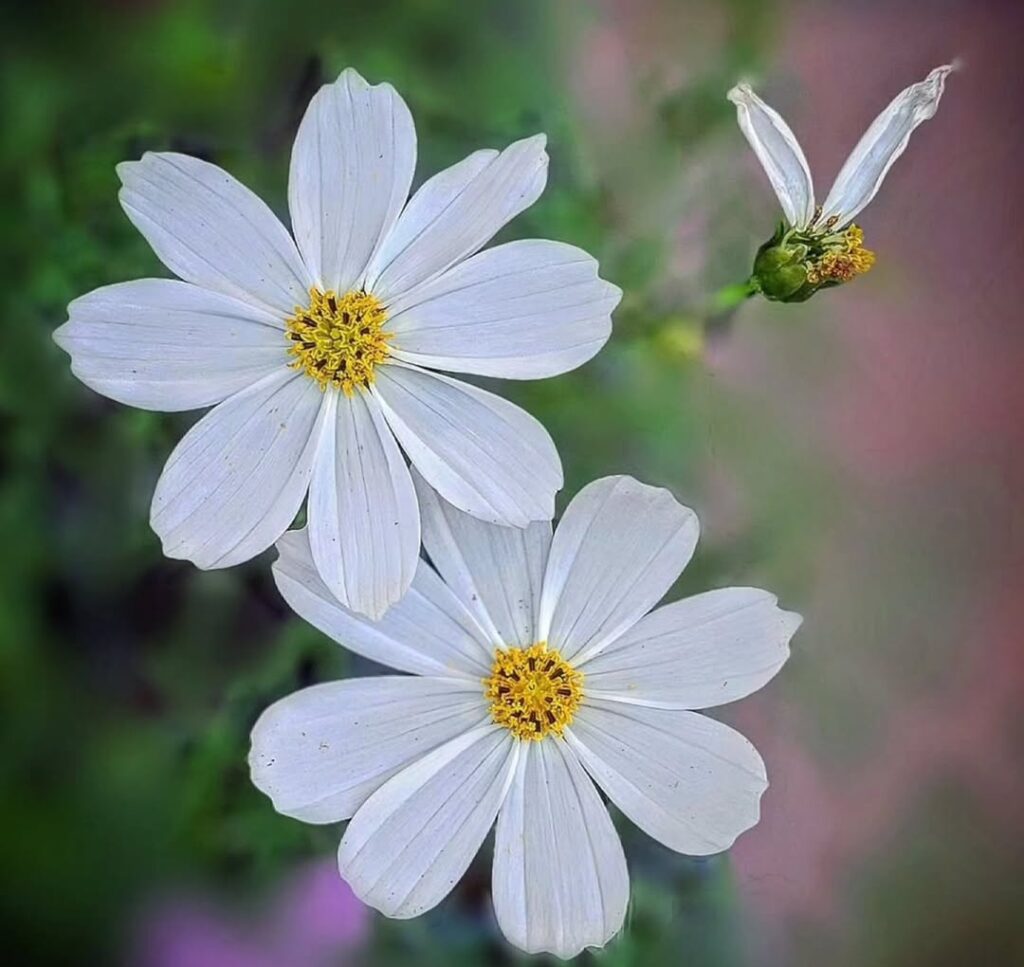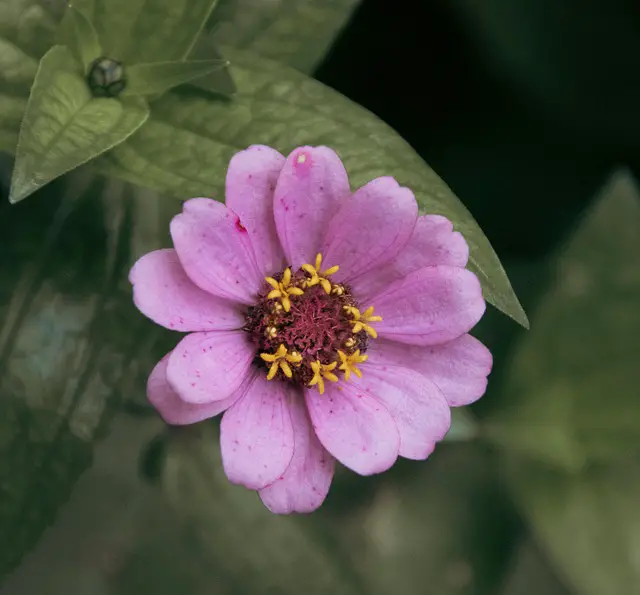There’s something effortlessly charming about a garden filled with soft, daisy-like blooms dancing in the breeze—and that’s the beauty of cosmos flowers. Whether you’re a seasoned gardener or just beginning to explore the world of blooms, cosmos plants offer a delightful mix of ease and elegance. With their long stems, delicate petals, and a range of cheerful colors, they bring an old-fashioned charm that never goes out of style.
The cosmos flower is more than just a pretty face; it’s a resilient and low-maintenance bloomer that rewards even the most hands-off gardeners with stunning results. These flowers thrive in poor soil, laugh in the face of neglect, and burst into color from early summer until the first frost—making them a dream addition for busy gardeners or those working with limited resources.
But to truly get the best out of your cosmos flower patch, there are a few clever tips and techniques every gardener should know. From choosing the right variety to mastering the art of deadheading, these small efforts can lead to lush, pollinator-friendly blooms that light up your landscape for months on end.
In this guide, we’ll walk you through the cosmos flower secrets that can take your garden from ordinary to extraordinary. So grab your gloves and a little imagination—it’s time to turn your green space into a field of fluttering, starry flowers that bees and butterflies can’t resist.

- 1 1. Choose the Right Variety
- 2 2. Select a Sunny Spot
- 3 3. Use Well-Draining Soil
- 4 4. Avoid Over-Fertilizing
- 5 5. Start from Seeds for Best Results
- 6 6. Water Sparingly
- 7 7. Space Plants Properly
- 8 8. Pinch Early for Bushier Growth
- 9 9. Support Tall Varieties
- 10 10. Mulch Around the Base
- 11 11. Deadhead Regularly
- 12 12. Watch for Aphids and Mites
- 13 13. Grow in Containers (Optional)
- 14 15. Rotate Crops Yearly
- 15 16. Collect Seeds for Replanting
- 16 17. Avoid Transplanting Often
- 17 18. Use Cosmos in Wildflower Mixes
- 18 19. Grow Indoors to Start Early Blooms
- 19 20. Celebrate with Cut Flowers
- 20 FAQS
1. Choose the Right Variety
Selecting the correct Cosmos variety is essential. Cosmos bipinnatus offers large, soft-colored blooms, while Cosmos sulphureus features bright orange and yellow flowers. Pick the one that best fits your garden’s color palette and climate to ensure better growth and continuous blooms.
2. Select a Sunny Spot
Cosmos flowers need at least 6 to 8 hours of full sun per day because they are sun-loving plants. Planting them in shaded areas will result in leggy stems and fewer flowers. Choose a spot with abundant sunlight to help them thrive and bloom profusely throughout the growing season.
3. Use Well-Draining Soil
Soils that drain well and aren’t too rich are ideal for these flowers.Too much fertility can lead to lush foliage with very few blooms. Sandy or loamy soils are ideal, and if your garden soil is heavy clay, consider amending it with compost or organic matter for better drainage.
4. Avoid Over-Fertilizing
Excessive fertilization encourages leafy growth at the expense of flower production. It’s best to avoid high-nitrogen fertilizers and instead use a balanced or low-nitrogen formula. If your soil is moderately fertile, Cosmos flowers can flourish with minimal feeding during the season.
5. Start from Seeds for Best Results
Cosmos are excellent candidates for direct seeding. Directly plant seeds in your garden once the risk of frost has passed. They germinate quickly, usually within 5 to 7 days, and often reseed themselves for blooms in the following season without much effort.
6. Water Sparingly
Cosmos are drought-tolerant once established. Fungal infections and root rot can result from overwatering. Only water them until the earth 1 inch below the surface seems dry. Deep, infrequent watering promotes stronger root systems and healthier, more vibrant plants.
7. Space Plants Properly
Providing proper spacing is crucial for air circulation and disease prevention. Plant Cosmos about 12 to 18 inches apart to give them room to grow without overcrowding. This spacing helps reduce the risk of mildew and encourages better flowering.
8. Pinch Early for Bushier Growth
Pinching off the top 2 to 3 inches of young Cosmos plants encourages them to branch out. This technique results in a fuller plant with more flower-bearing stems. Perform this early in the growth phase when plants are about 12 inches tall.
9. Support Tall Varieties
Some Cosmos varieties can grow over 4 feet tall and may need staking to prevent them from toppling over. Use bamboo stakes or garden supports to keep them upright, especially in windy areas. Tie the stems loosely to allow natural movement.
10. Mulch Around the Base
Applying a layer of mulch around the base of the plants conserves moisture, suppresses weeds, and keeps the root zone cool. Use organic mulch like straw or shredded bark, making sure to leave a little space around the stem to prevent rot.
11. Deadhead Regularly
Removing spent blooms encourages the plant to produce more flowers. Deadheading also keeps the plant tidy and prevents it from going to seed too early. Snip off the faded flowers just above a leaf node to stimulate further blooming.
12. Watch for Aphids and Mites
Cosmos are generally pest-resistant, but aphids and spider mites may occasionally appear. Use a strong jet of water to remove them or apply neem oil as a natural insecticide. Regular inspection and early action help prevent infestations.
13. Grow in Containers (Optional)
Dwarf Cosmos varieties can thrive in containers. Choose a pot at least 12 inches deep with good drainage holes.
The container should be placed in full sun and the potting mix should drain well. When you feel that the top inch of soil is dry, water it.
14. Companion Planting
Cosmos pair beautifully with zinnias, marigolds, and dill. These companions can attract beneficial insects while also adding variety and height to your flower bed. The combination creates a dynamic, pollinator-friendly garden space.
15. Rotate Crops Yearly
Avoid planting Cosmos in the same spot every year to prevent soil nutrient depletion and pest buildup. Crop rotation helps maintain soil health and reduces the likelihood of diseases that can affect future plantings.
16. Collect Seeds for Replanting
Allow a few flower heads to go to seed at the end of the season. Once the seed heads dry and turn brown, harvest them and store in a cool, dry place. Label the seeds for easy planting next spring.
17. Avoid Transplanting Often
Cosmos have delicate root systems that don’t like to be disturbed. Direct sowing is ideal, but if you must transplant, do so when the plants are young and handle them gently to avoid transplant shock.
18. Use Cosmos in Wildflower Mixes
Cosmos are a popular addition to wildflower gardens. They blend well with other native species and add height and movement. Sow them with poppies, cornflowers, and sunflowers for a carefree, meadow-like look.
19. Grow Indoors to Start Early Blooms
Four to six weeks prior to the last date of frost, start cosmos seeds inside. Use seed-starting trays and place them under grow lights or in a sunny window. Transplant them carefully once the weather warms up and all risk of frost has passed.
20. Celebrate with Cut Flowers
Cosmos make excellent cut flowers that last up to a week in a vase. Harvest them in the morning when the blooms are just opening, and place the stems in clean water immediately. Their delicate petals and long stems make them a florist favorite.
Growing Cosmos flowers is a joyful and rewarding experience. With these 20 expert tips, you can ensure a season full of colorful, carefree blooms. Whether in garden beds or containers, Cosmos bring charm, elegance, and pollinators to any space with minimal effort.
FAQS
What is a Cosmos Flower and why is it so popular among gardeners?
The Cosmos Flower is a sun-loving annual known for its daisy-like blooms and feathery foliage. Gardeners love the Cosmos Flower for its easy care, vibrant colors, and long blooming season. It effortlessly draws bees, butterflies, and other pollinators while enhancing the beauty of any garden.
2. How do you grow Cosmos Flower from seeds successfully?
Growing Cosmos Flower from seeds is simple—just scatter seeds in well-drained soil under full sun after the last frost. The Cosmos Flower germinates quickly and doesn’t need much attention. Water lightly until established, and you’ll enjoy blooms in as little as 7–8 weeks.
3. When is the best time to plant Cosmos Flower in your garden?
The best time to plant the Cosmos Flower is in spring, after the danger of frost has passed. This ensures the Cosmos Flower gets plenty of sunlight and warmth, helping it grow strong and bloom throughout the summer and well into fall in most regions.
4. Do Cosmos Flowers need full sun to grow properly?
Yes, the Cosmos Flower thrives in full sun. Without at least 6–8 hours of sunlight daily, the Cosmos Flower may become leggy and produce fewer blooms. For the healthiest growth and most vibrant flowers, choose the sunniest spot in your garden.
5. How often should I water my Cosmos Flower plants?
The Cosmos Flower prefers moderate watering. Once established, the Cosmos Flower is drought-tolerant and only needs watering when the soil is dry. Overwatering can lead to root rot or leggy plants, so always allow the topsoil to dry before watering again.
6. Can I grow Cosmos Flower in containers or pots?
Absolutely! The Cosmos Flower grows well in containers as long as the pot is deep enough and drains well.The Cosmos Flower should be planted in a sunny location with high-quality potting soil. Regular deadheading helps keep the plant blooming throughout the season.
7. How do I deadhead a Cosmos Flower and why is it important?
Deadheading a Cosmos Flower means removing spent blooms to encourage more flowering. Use clean scissors or your fingers to snip off faded blossoms. This practice signals the Cosmos Flower to produce more buds, resulting in a bushier plant with continuous colorful blooms.
8. Are Cosmos Flowers good for pollinators and wildlife?
Yes, the Cosmos Flower is a magnet for pollinators like bees, butterflies, and even hummingbirds. By planting the Cosmos Flower, you create a mini ecosystem that supports biodiversity. It’s an excellent choice for wildlife-friendly and organic gardens.
9. Can the Cosmos Flower survive in poor soil?
The Cosmos Flower actually prefers poor to average soil. Rich soil can lead to too much foliage and fewer flowers. As long as the Cosmos Flower has good drainage and sun, it will flourish even in sandy or rocky garden beds without extra fertilization.
10. How long does a Cosmos Flower bloom during the season?
The Cosmos Flower blooms from early summer until the first frost, offering continuous color for months. With regular deadheading, the Cosmos Flower keeps producing fresh flowers, making it a favorite for gardeners who want long-lasting beauty in borders and beds.
Can Cosmos Flower be grown indoors?
While typically grown outdoors, the Cosmos Flower can be started indoors in containers with plenty of sunlight or under grow lights. For indoor success, ensure the Cosmos Flower receives at least 6 hours of direct light and use a well-draining soil mix to prevent root issues.
12. Do Cosmos Flowers come in different colors?
Yes, the Cosmos Flower comes in a range of stunning colors like pink, white, orange, red, yellow, and even chocolate varieties. This makes the Cosmos Flower a versatile choice for adding color diversity to your garden beds, borders, or flower arrangements throughout the growing season.
13. How tall does a Cosmos Flower typically grow?
Depending on the variety, a Cosmos Flower can grow anywhere from 1 to 6 feet tall. Taller Cosmos Flower varieties may need staking to prevent bending in the wind, while dwarf types are great for containers, borders, or small-space gardening with less maintenance.
14. Is the Cosmos Flower safe for pets and children?
The Cosmos Flower is a good option for family-friendly gardens because it is typically thought to be non-toxic to kids and pets. However, it’s still best to prevent any plant from being ingested. Many gardeners choose the Cosmos for both its beauty and peace of mind.
15. How do I collect seeds from a Cosmos for next year?
To collect seeds from a Cosmos , allow the flowers to dry on the stem. Once the seed heads turn brown and brittle, gently pull them off and store in a cool, dry place. This allows you to replant your favorite Cosmos Varieties the following season.




